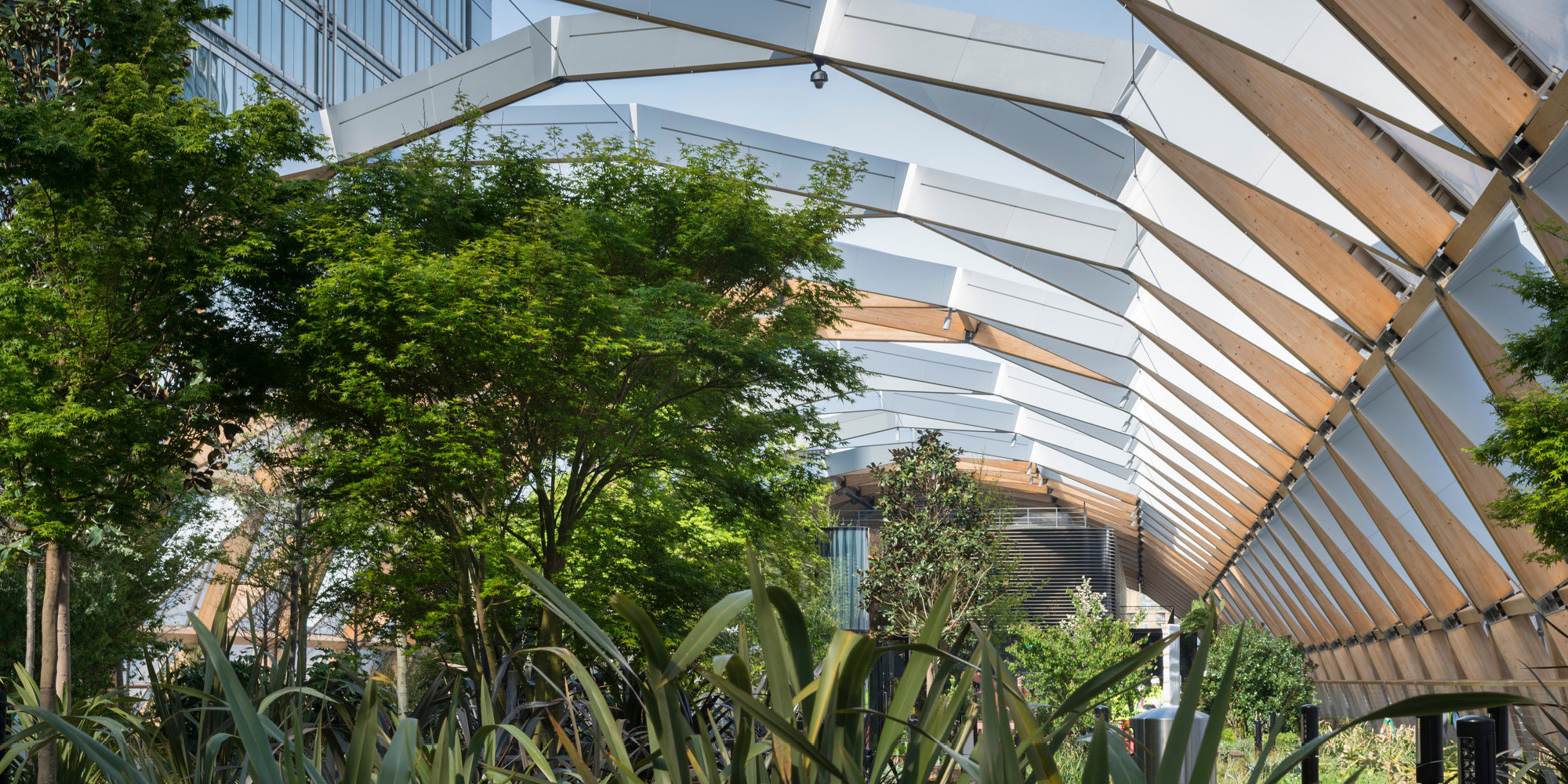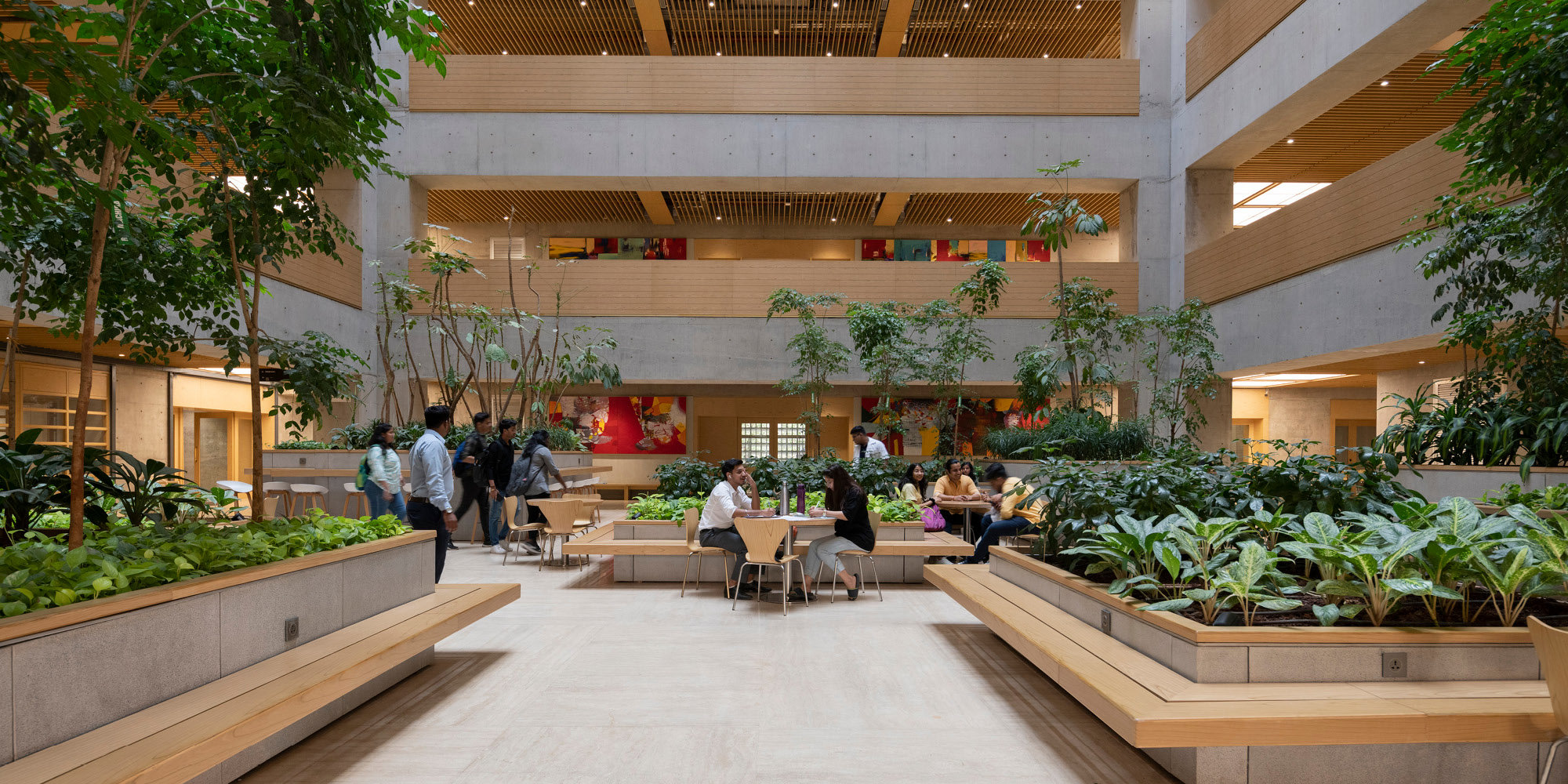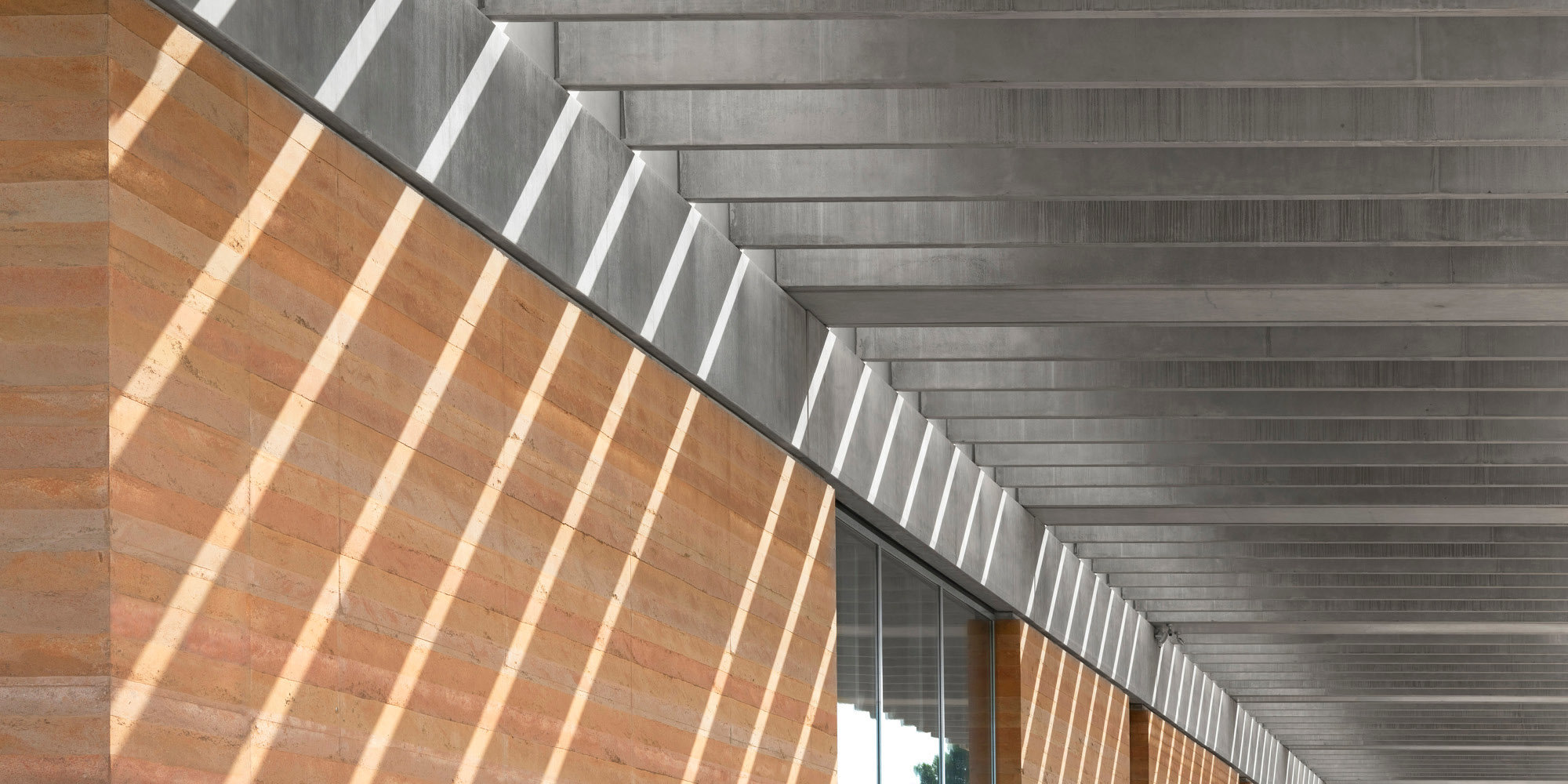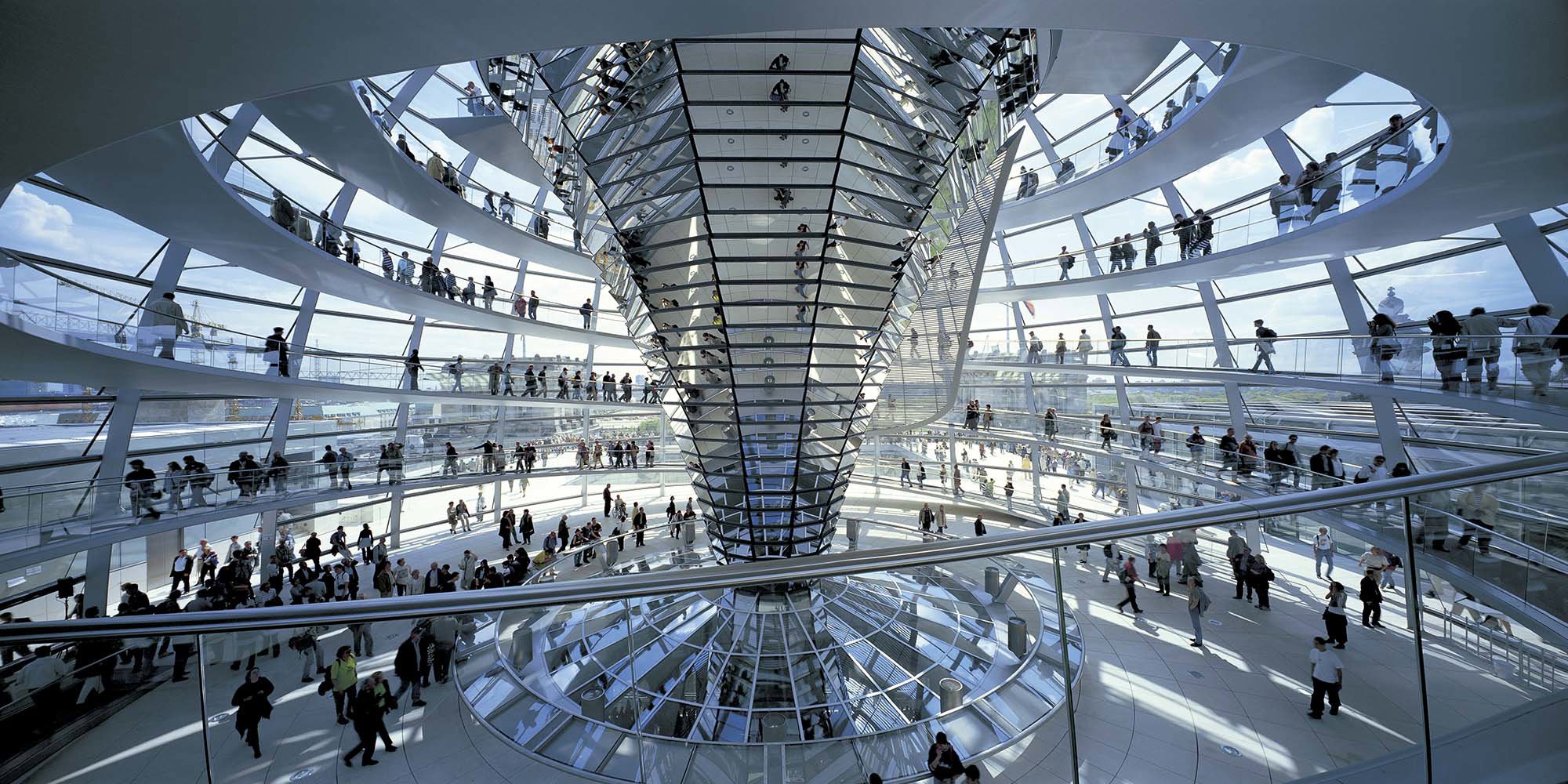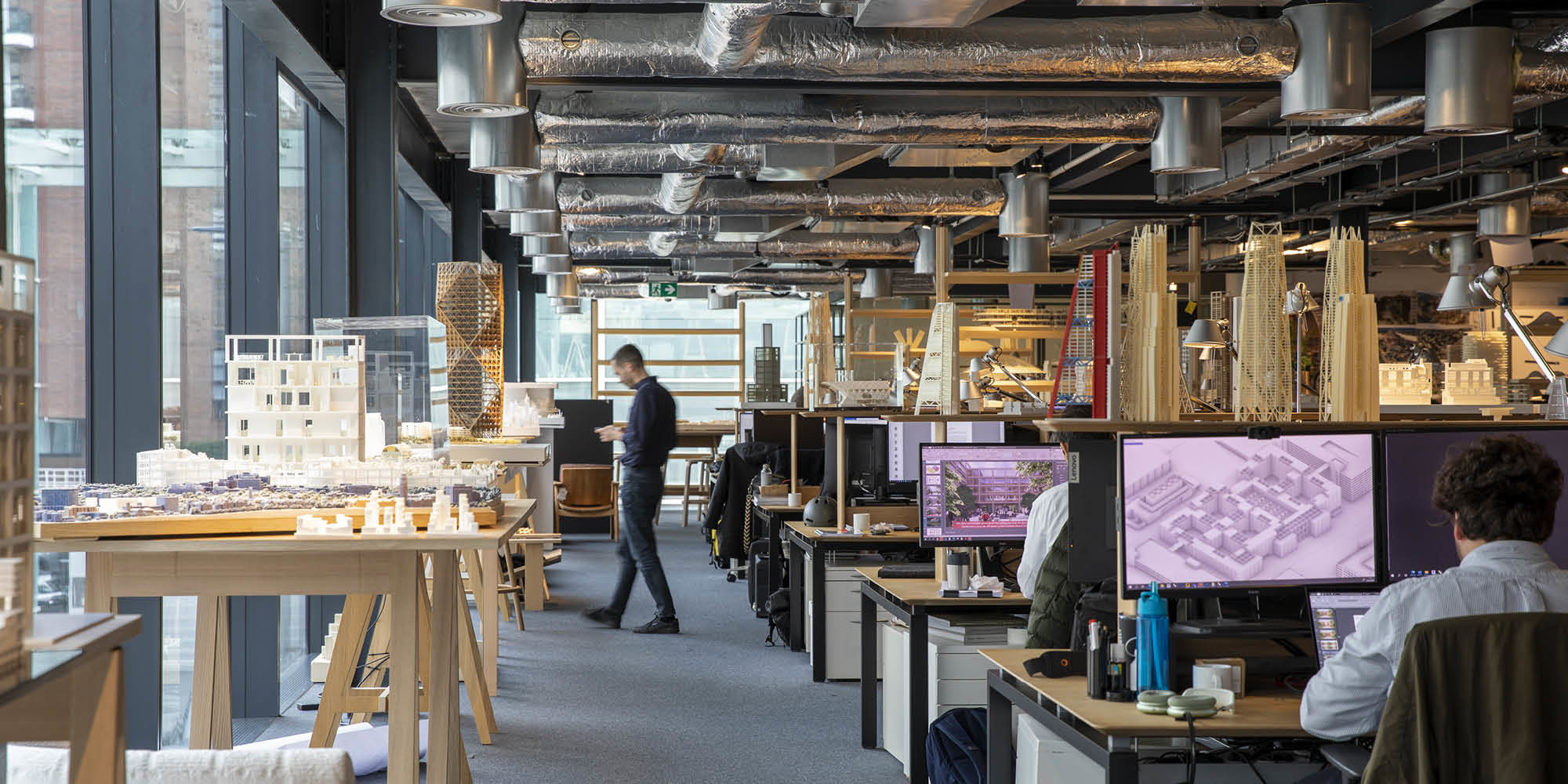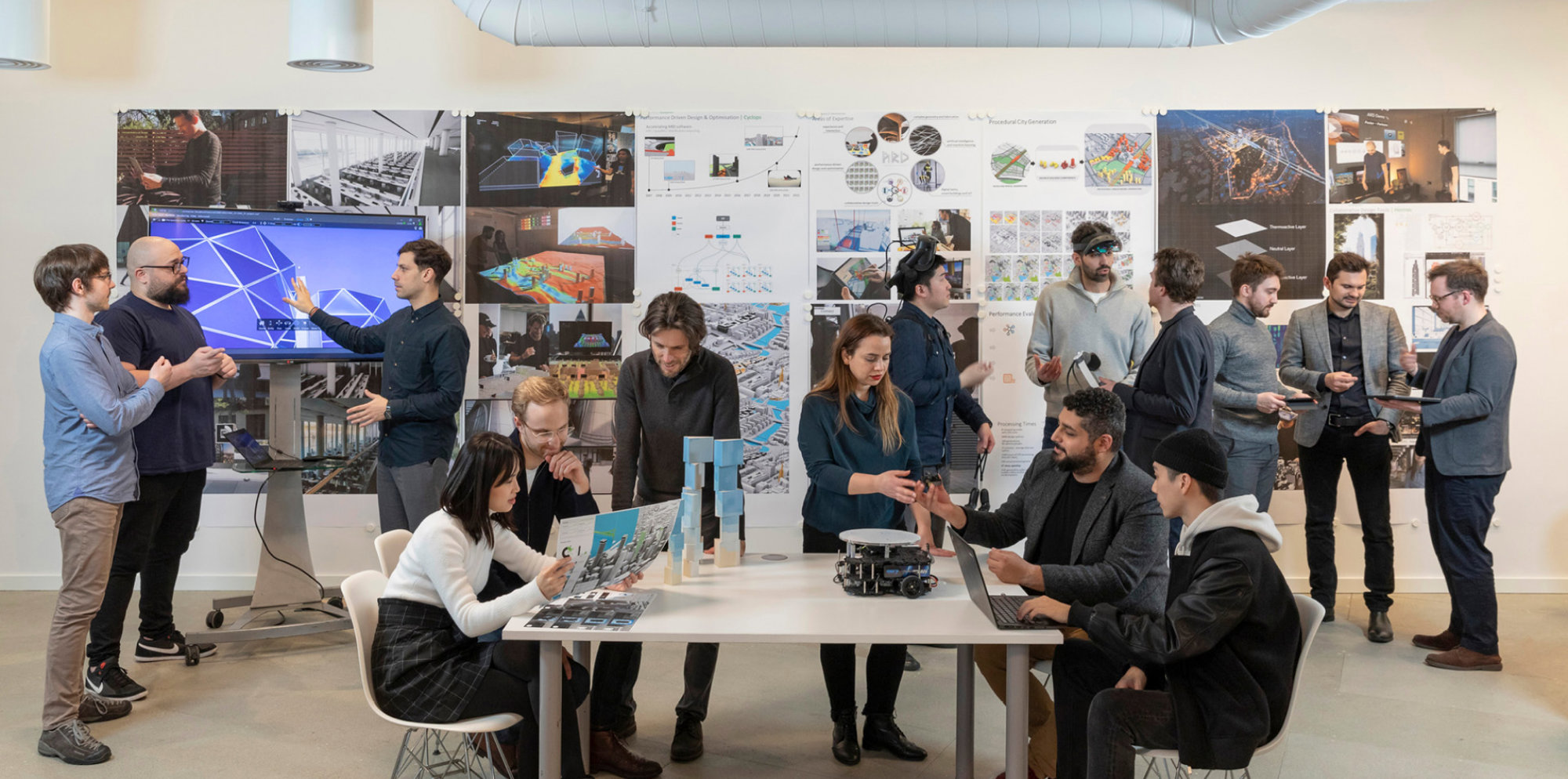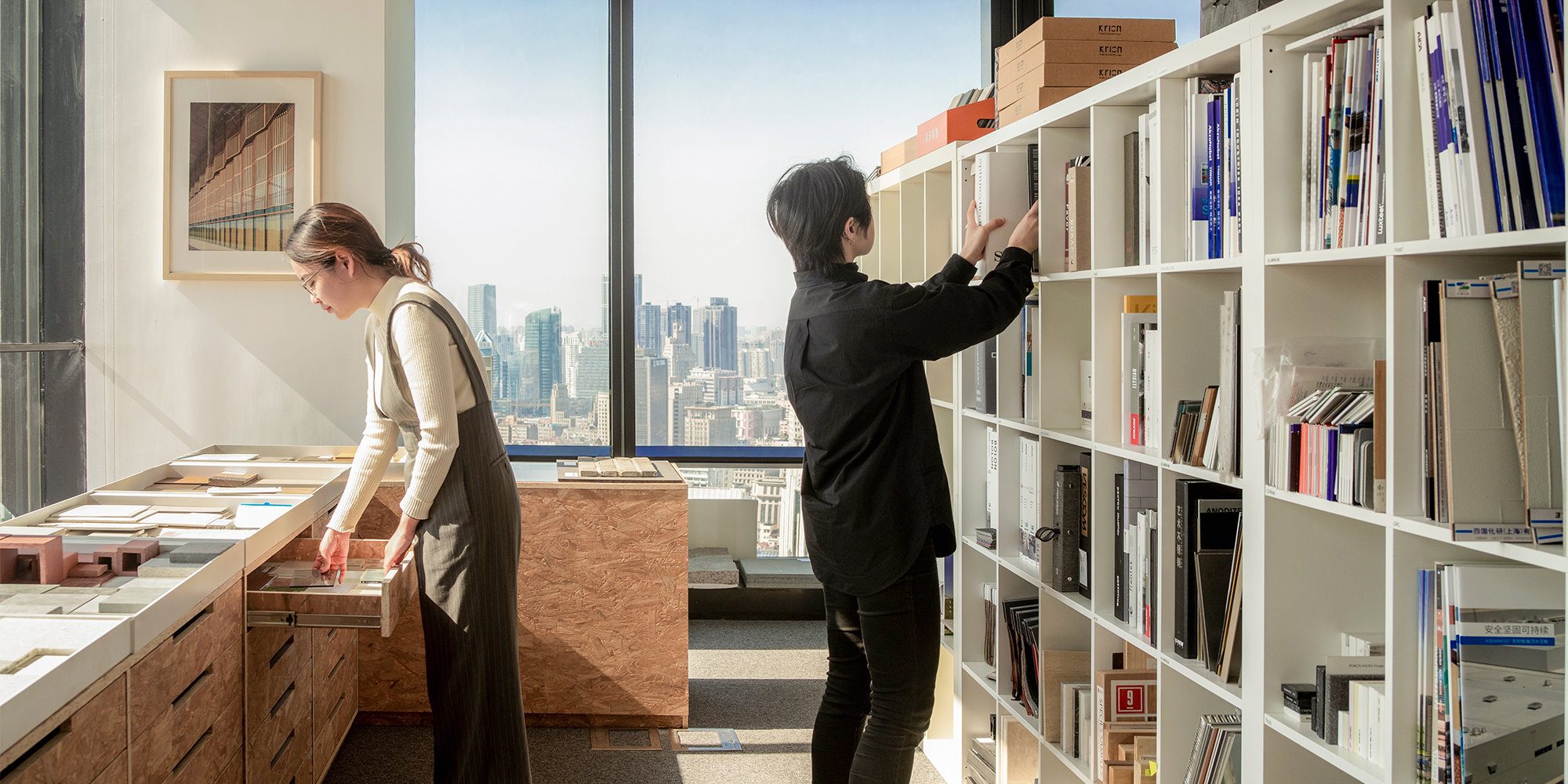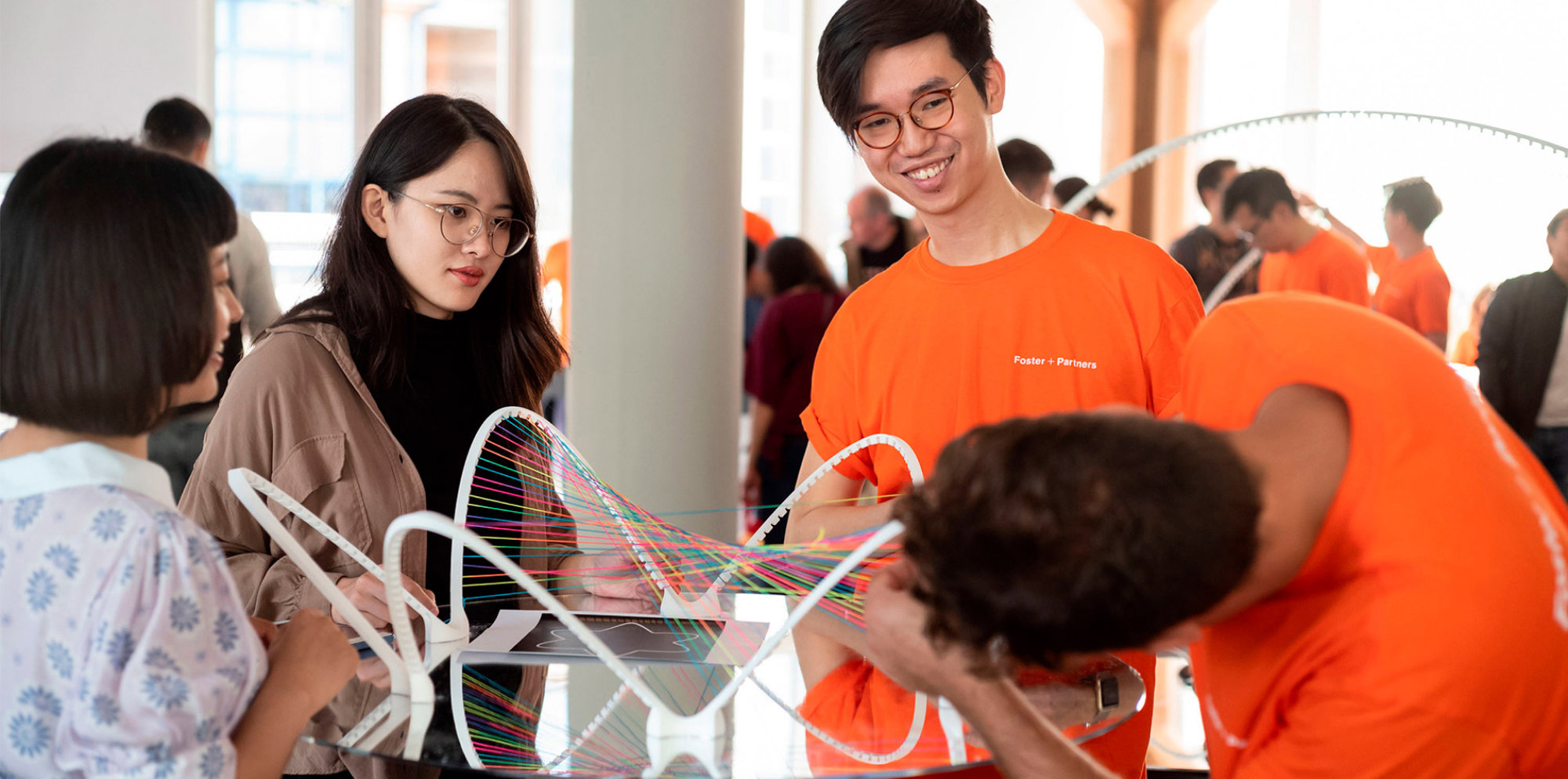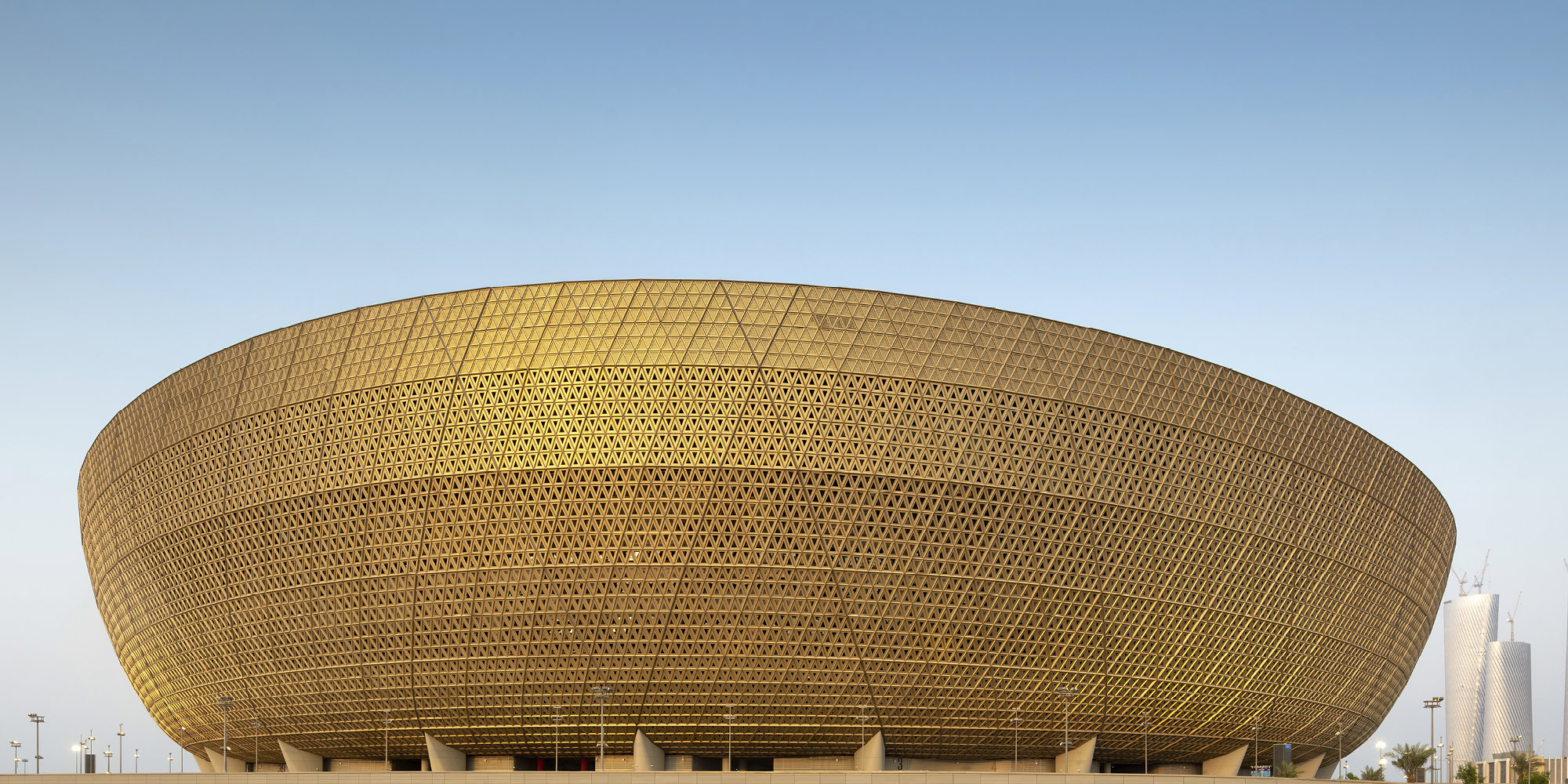Every month, three different voices from the practice share their ideas about the future of the built environment. Covering a range of typologies – from healthcare to airports and the workplace – we are building a picture of tomorrow.
This month, Angus Campbell, Myron Sullivan, and Doretta Bevilacqua Gilkes consider the future of sports and venue design. They put forward a case for the outward-facing stadium that is seamlessly integrated within the urban fabric – offering an elevated hospitality experience and providing a world-class atmosphere.

